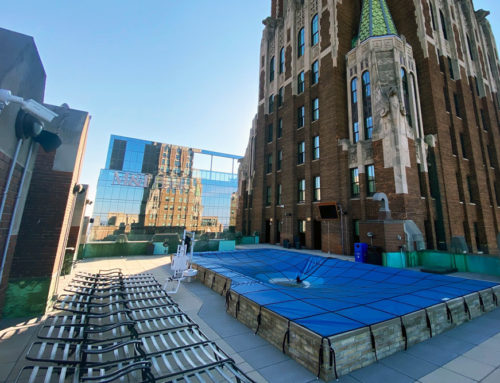Indoor pools have to be kept at the proper temperatures to ensure pool compliance, safety and swimmer comfort. If you’re looking to save money through pool equipment, investing in a new pool heater can cut back on energy costs.
Energy-efficient pool heaters generally have a higher initial cost than heaters that aren’t. However, these models do pay themselves off and will save money in the long run.
Assess pool heater types
There are three main types of pool heaters: electric, gas and solar. If you’re unsure of which one best suits your pool, here is a look at each one and its ideal conditions.
1. Electric pool heaters: According to the Illinois Smart Energy Design Assistance Center, electric resistance heaters are the most expensive type. The U.S. Department of Energy pointed out that the efficiency of electric pool heaters depends on outside temperatures. Ideally, temperatures should be above 45-50 degrees Fahrenheit. The lower the temperatures are, the more electricity it takes to heat up the water. Therefore, you should assess your pool before purchasing these units.
2. Gas pool heaters: The U.S. DOE stated that modern gas pool heaters are much more energy-efficient than previous models. However, the levels at which they operate depend on the climate and pool use.
The Illinois SEDAC stated that gas heaters come in many shapes and sizes, so if you’re considering one of these models, reach out to your local pool company to discuss which ones will best suit your facility’s needs.
Though technological advancements have made gas heaters more efficient, installing one of these units in your pool will mean relying on fluctuating gas prices. These can be difficult to predict, so you may want to speak to a pool company about projecting long-term costs before deciding on one.
3. Solar pool heaters: Solar technology has been around for many years. Both the Illinois SEDAC and the U.S. DOE reported that these pool heaters are highly efficient, as you rely on free natural resources to help heat the pool. Of course, the efficiency of these units will rely on the amount of sunlight that your facility is exposed to.
The water temperature in an indoor environment should be maintained at the recommended standards for maximum comfort set around 82 to 86 degrees. Air temperature should be four to six degrees warmer than the pool temperature, and the humidity should be maintained at 40 – 60 percent. The indoor environment should have negative pressure, so your pool retains heat when people are exiting or entering the area.
Solar consideration is 50 to 125 percent of the pool surface area while maximizing southern exposure for panel placement. A pool should never have a mechanical or static leak. Any water loss should be due to evaporation, convection or radiation.
This can be ideal for regions that have long days, but may not be as useful in places with little sunlight. Furthermore, having a solar pool heater doesn’t eliminate the need for another type of pool heater, as the water will still need to be regulated if there isn’t enough sunlight for the solar heater to operate.






